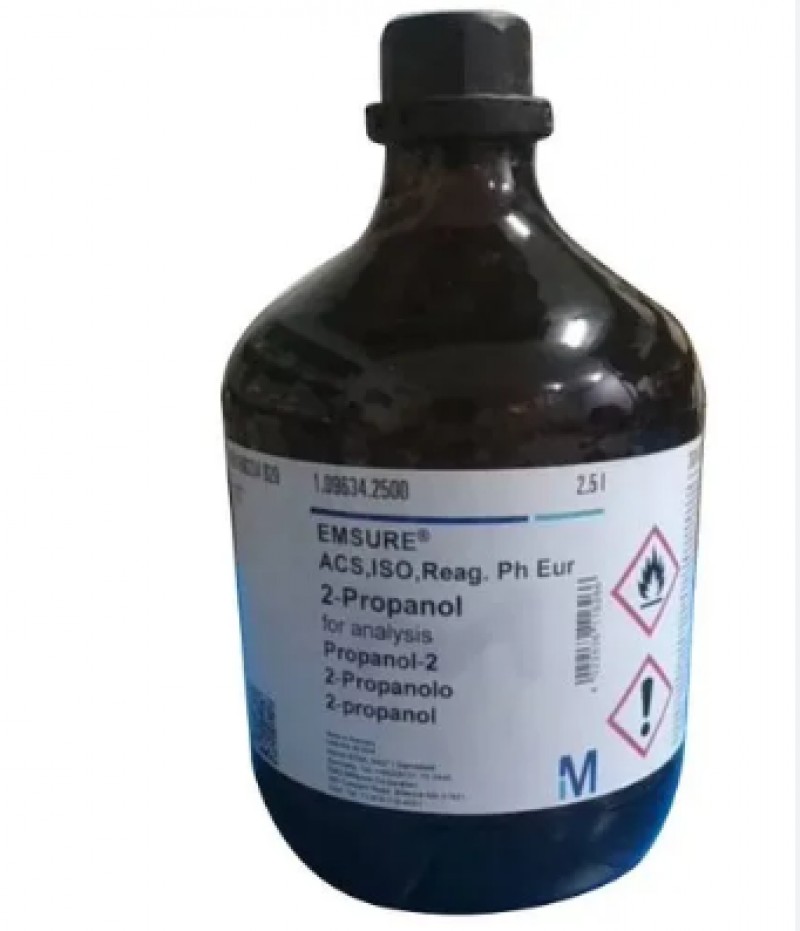
Price :
৳6500
৳7200
Estimated Shipping Time: Deliveries take up to 3-5 days after you place your order.
Uses: Lab Essentials
Product SKU: mjM9698Y8B
Isopropyl Alcohol Lab Grade | |
CAS number | 67-63-0 |
EC index number | 603-117-00-0 |
EC number | 200-661-7 |
Grade | ACS, ISO, Reag. |
Hill Formula | C₃H₈O |
Chemical formula | CH₃CH(OH)CH₃ |
Molar Mass | 60.1 g/mol |
HS Code | 2905 12 00 |
Physicochemical Information | |
Boiling point | 82.4 °C (1013 hPa) |
Density | 0.786 g/cm3 (20 °C) |
Explosion limit | 2 - 13.4 %(V) |
Flash point | 12 °C |
Ignition temperature | 425 °C |
Melting Point | -89.5 °C |
Vapor pressure | 43 hPa (20 °C) |
No Review Found.
Login To Comment